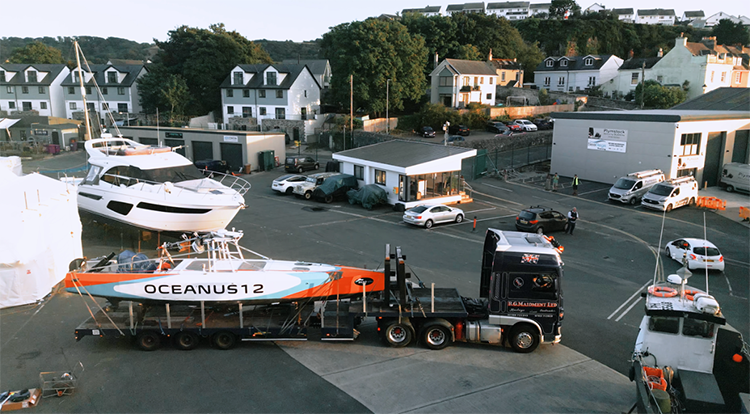Benchmark Space Systems triples propulsion production capacity and doubles personnel to meet demand
- Satellite Evolution

- Apr 5, 2022
- 3 min read
Fueled by major Series A funding and a strong cadence of upcoming government and commercial space missions, Benchmark Space Systems today announced it is tripling production capacity and doubling manufacturing and technical staff to meet huge demand for its Starling and Halcyon propulsion systems.

Benchmark is scaling up to build more than 150 systems over the next eighteen months to enable in-space mobility and maneuverability aboard a spectrum of spacecraft integral to the new space economy and a broad range of LEO, GEO, and cislunar missions. The propulsion system innovator will enable rapid insertion, precision pointing, rendezvous, proximity operations (RPO), collision avoidance, debris mitigation, re-entry, and critical government operations, as part of a series of impending space programs.
The company is also nearing its planned expansion in the UK, where Benchmark’s flexible and collaborative design approach has struck a chord with the region’s space industry.
With Benchmark propulsion slated for a broad range of spacecraft and mission types, the company has a forecast of government and commercial system contracts and production plans in place to meet the escalating delivery and integration throughput needed to support its customers' mission launch cadence.
As announced earlier this year, Benchmark’s Halcyon Avant system has received approval by SpaceX to fly on an upcoming SpaceX mission for Spaceflight’s Sherpa-LTC orbital transfer vehicle (OTV) debut. The company will also power seven undisclosed government and commercial missions into multiple orbits in the coming months.
Benchmark’s Halcyon high-test peroxide (HTP)-based propulsion system has already successfully performed recent mission-critical maneuvers aboard government and commercial missions on three satellites that reached orbit on the SpaceX Transporter 2.
The modular design of Benchmark’s integrated products and growing list of qualified thruster and tank variants is driving system configuration and supply chain efficiencies across the company’s development and production processes. Manufacturing capacity is up three-fold at Benchmark’s Burlington, Vermont headquarters, where the Starling and Halcyon engines, featuring up to 2N thrusters, are built, tested and shipped.
Benchmark’s larger Halcyon Avant green bipropellant thrusters are built in adjacent assembly areas, then delivered to Benchmark’s technology facility in Pleasanton, California, which has been expanded to facilitate five times more testing and shipset inventory prior to distribution to customer locations across the US and around the world.

“Benchmark is thrilled to be in the midst of incredible growth driven by market demand that’s as diverse and creative as the propulsion solutions we develop in collaboration with our customers around the world. It’s very gratifying to see Benchmark grow without losing an ounce of the energy and innovative spirit that got us here. We’re having a blast,” said Ryan McDevitt, Benchmark Space Systems CEO. “We are scaling our manufacturing plant, our team, and our procurement capabilities and efficiencies as our commercial and government customers build their cutting-edge missions, concepts and constellations around our ideas, proven technologies and solutions.”
Benchmark’s employee base has grown exponentially since the Vermont-based propulsion business started in 2017 with two employees. Thirty-five employees strong at the end of 2021, Benchmark currently has a team of 50 and is on pace to grow to 70 by the end of 2022 and about 120 by mid-2023, with manufacturing and aerospace engineers pushing much of the growth.
Benchmark’s scalable, launch vehicle agnostic propulsion product and services suite supports a broad spectrum of spacecraft – from 3U CubeSats through ESPA-class (3-500kg) satellites, lunar landers, spent launcher stages, and orbital transfer vehicles (OTVs), which will enable a broad range of in-space services and capabilities supporting the space economy and ecosystem.



Comments